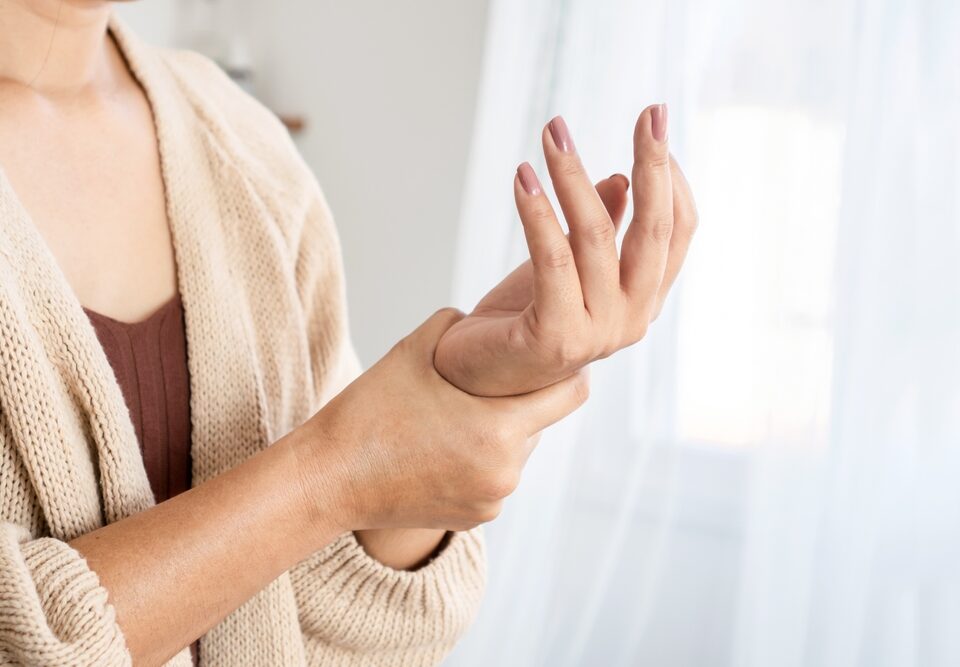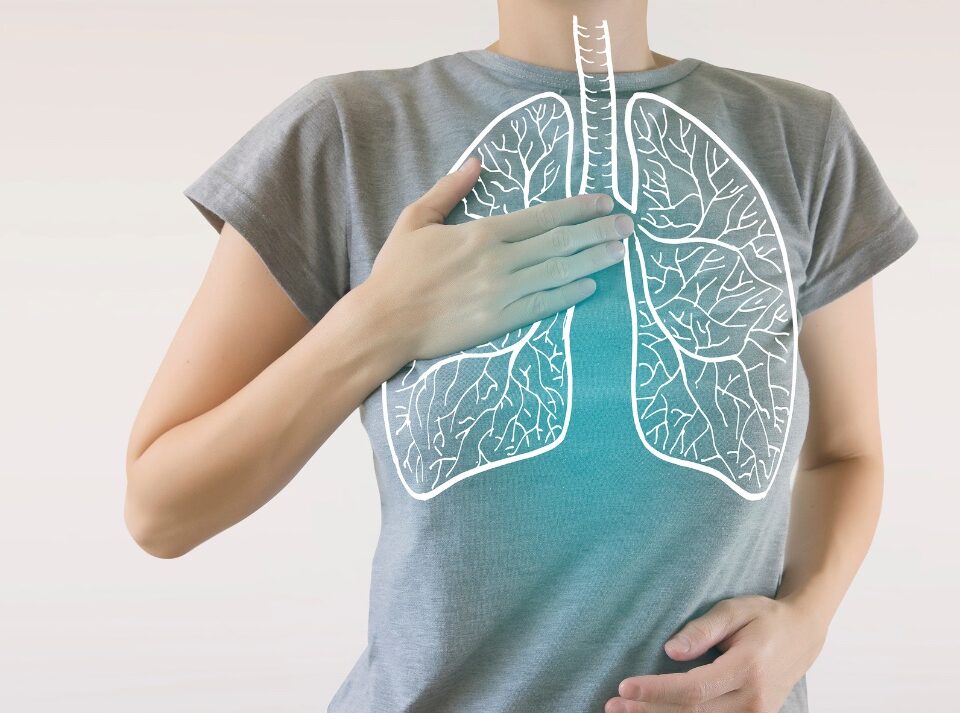- Personal-Touch Home Care
- customercare@pthomecare.com

How Aging Affects The Respiratory System Physically and Psychologically
April 29, 2023As a person ages, their body slowly declines. With age-related declines, many dangers to health crop up. One of the most significant is the risk of falls. A fall may not be a huge problem for a younger person. Even if they break a bone, recovery will usually be relatively straightforward.
Not so for older folks. Falls often have terrible effects on senior citizens. The chance for nasty bone breaks or other bad injuries (such as concussions or other cranial trauma) is all too high. Healing from a major injury like a compound fracture is also much harder for older people. Seniors who suffer falls may never fully recover, entering into an accelerated physical decline.
The Value of Staying Active
Clearly, it’s vital for seniors to avoid falls. Minimizing risk is partly a matter of exerting care and paying attention to surroundings. What is most important, though, is staying active. Keeping the body moving is the natural way to minimize the chance of dangerous falls. That’s because physical activity is how the body maintains functionality. Strength, flexibility, and coordination — which all help to reduce fall risk — are all improved by physical activity.
One thing important for older folks to grasp is that trying to avoid falls by adopting a sedentary life is foolish. As aging wreaks its effects, seniors may feel as if their body is betraying them. In response, they may become afraid of doing anything outside of lying in bed or sitting. But old age is still no time to become timid. Abilities that are not used will disappear. Avoiding physical activity only makes falls likelier.
The Right Exercises For Seniors
Staying physically active as an older person doesn’t mean working out aggressively in the fashion of someone decades younger. For seniors, demanding workouts are not ideal. The point is to slow aging, not to push the body to its absolute limits. As beneficial as physical activity is, going too hard is risky for older people. The odds of injury and the potential severity of any injury mean a moderate approach is best.
The realities of what older bodies are capable of mean certain forms of relatively light exercise are ideal for seniors. These are the kinds of workouts older people should focus on doing. Simply walking — whether at a slow meander or power walking — is a great form of exercise. Taking walks is a great idea for couples looking to age gracefully alongside each other.
Other good options for older people include activities like yoga, tai chi, and Pilates, all of which are low-impact, joint-friendly workouts that emphasize stretching. Stretching is useful for maintaining flexibility and coordination, which in turn improves balance.
The general rule is to find exercises that are easy on the joints, which is why swimming is such a good choice for older people. Water aerobics classes too. Fitness classes of other sorts are useful. The camaraderie of a group setting makes workouts more fun. Many fitness centers offer classes aimed at seniors.
Finally, simple physical activities that might not be typically thought of as exercise are still great to do. That could range from hobbies like gardening or dancing to playing with grandkids. Even standing at a counter preparing a meal is an example of a light but beneficial form of physical activity.
Extended Benefits of Staying Active
One of the most powerful benefits of remaining physically active is a lower risk of falls. But it is not the only one. Exercise is extremely important to age gracefully. Aging’s effects cannot be stopped, but they can be slowed. Risk for many diseases and conditions that often afflict seniors (heart disease and strokes, among others) are lowered by physical exertion. If avoiding falls wasn’t enough motivation already, a concern for overall health is added proof that remaining physically active is vital.



